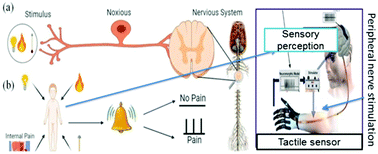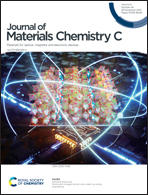Oxide-based resistive switching-based devices: fabrication, influence parameters and applications
Abstract
In advanced computing technologies, metal oxide-based resistive switching random access memory (RRAM) has been considered an excellent scientific research interest in the areas of information storage and memory computing. Herein, we described a summary of contemporary understanding of nanoscale RRAM devices, and classified them according to their current–voltage (I–V) behavior, and various resistive switching features and corresponding parameters are also discussed. The existence of resistive switching effects with other experimental influential parameters explains better RRAM operation. Therefore, this review covers the abilities of RRAM to be integrated into the most sophisticated complementary-metal-oxide–semiconductor integrated circuits under additional consideration with relevant selector parameters to execute the operation. Additionally, we explained the route of changing the interface barrier height regarding the interface-based systems, such as inserting the tunnel layer and using different electrodes. Our findings show that by changing the specific parameters, the switching mechanism can be switched from one mode to another, which helps scientists assess the actual effectiveness and impact of resistive switching research on technology development.

- This article is part of the themed collection: Journal of Materials Chemistry C Recent Review Articles


 Please wait while we load your content...
Please wait while we load your content...